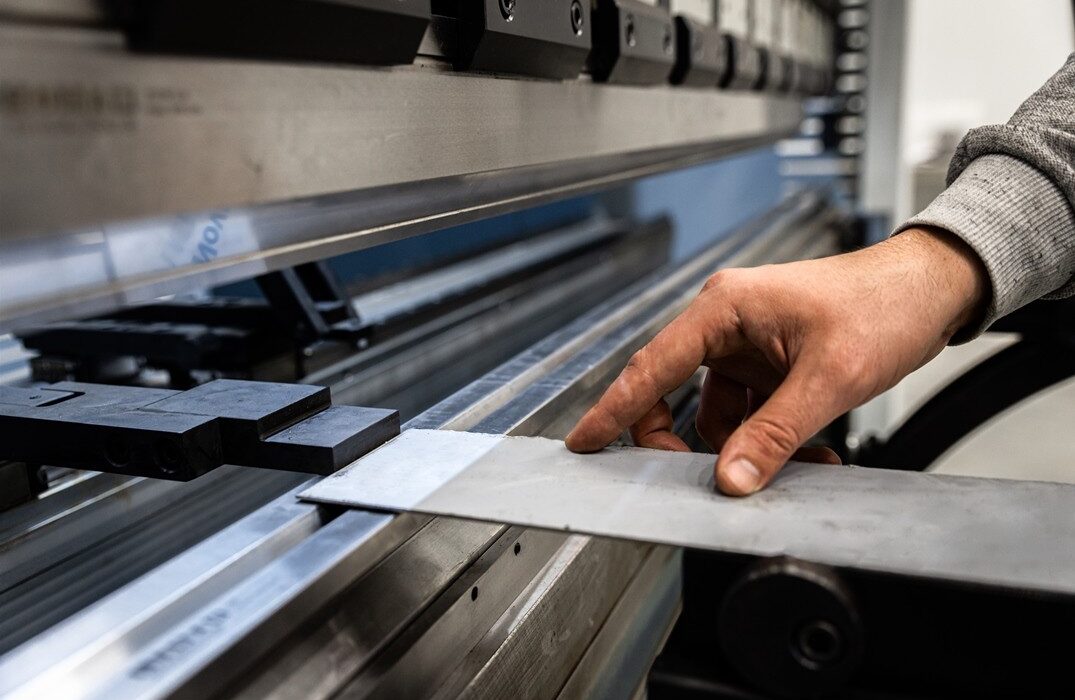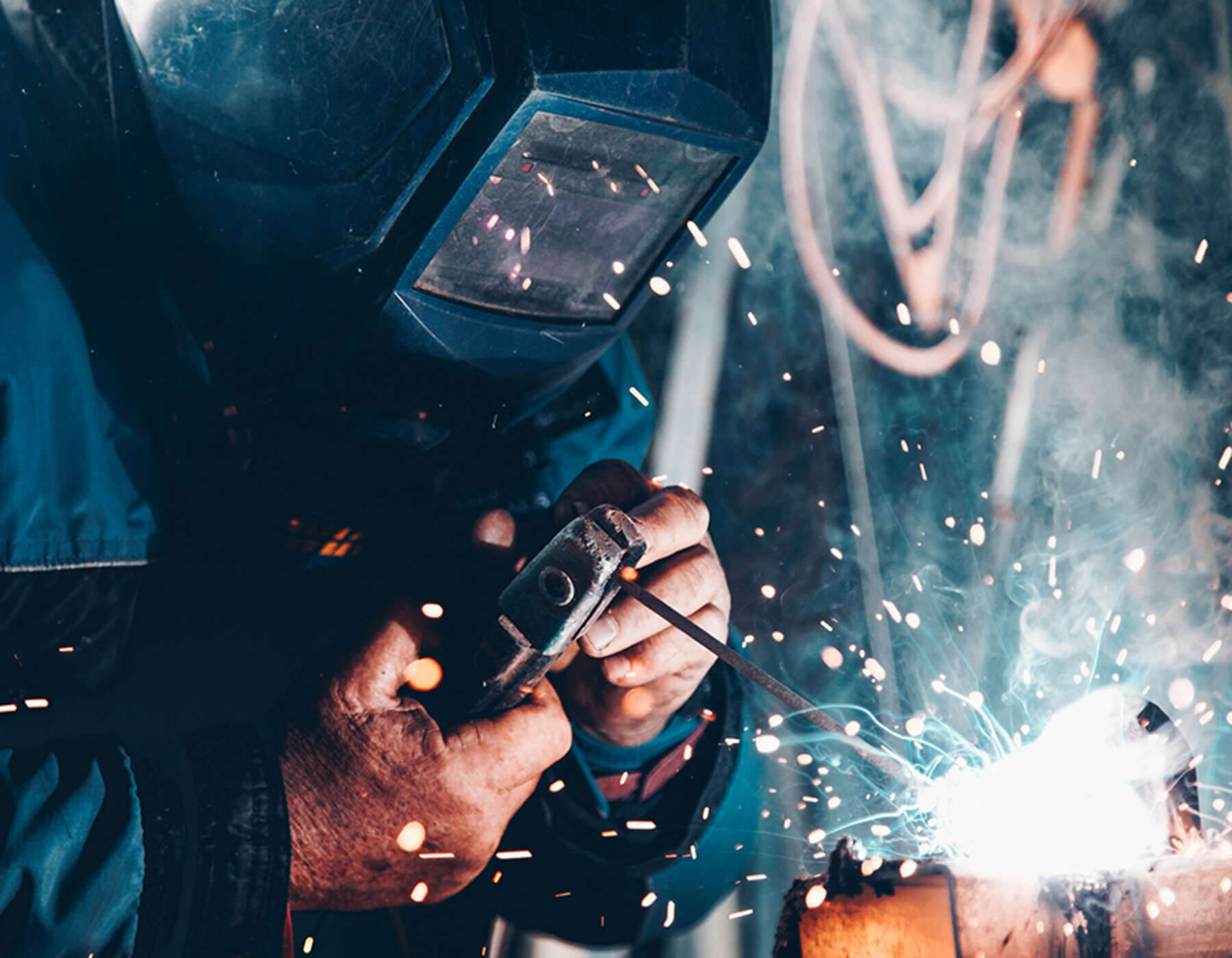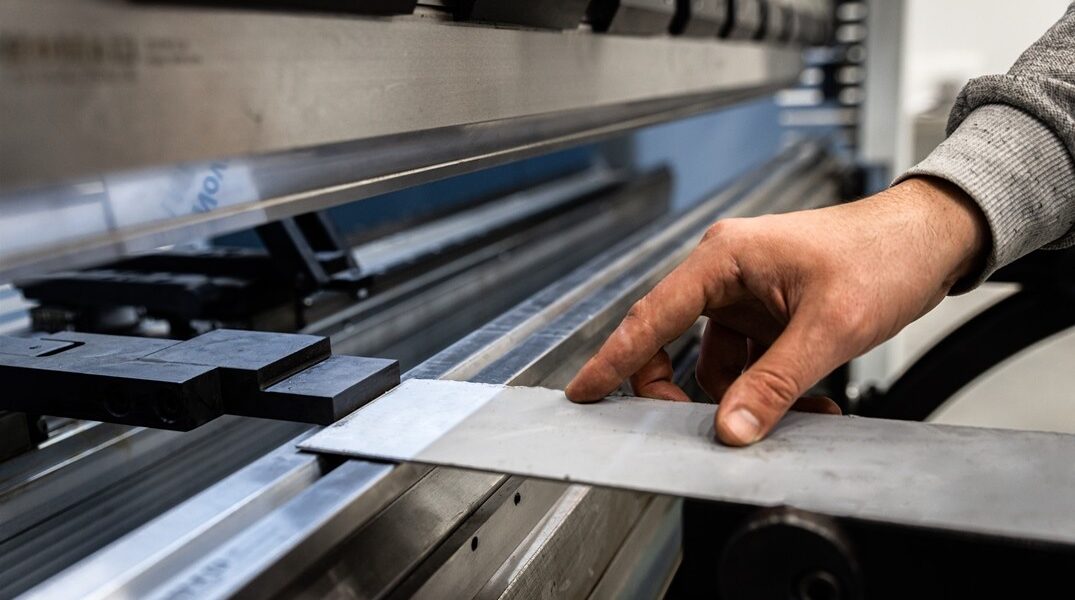
Flat pieces of sheet metal might not look exciting, but they are vital components to the construction and manufacturing industries, as well as automotive, aerospace, and more.
Sheet metal is suitable for panelling found on the side of buildings and homes, as well as fabricated for components in vehicles and heavy machinery.
It is the knowledge, skill, and expertise of the sheet metal fabricators who provide the quality and allow you to reap the benefits of using sheet metal for your project/application.
However, the fabrication process for forming sheet metal is never a straightforward one.
Depending on numerous requirements and specifications, manufacturing sheet metal can use one or more forming processes, which we’ll look at in more detail below.
What is the sheet metal forming process?
The process of forming sheet metal involves bending, shaping, and, ultimately, manipulating thin metal sheets into desired parts and components.
This requires a high degree of skill, precision, and the use of the right tools and equipment.
What is the forming process in sheet metal?
CAD designs/drawings – CAD designs and drawings should be detailed with all dimensions and calculations of the sheet metal included. This is the first stage of the fabrication process – the need to know information.
Curling – a process that we use to smooth the sharp edges of sheet metal, de-bunning these to not only style the sheet metal but improve safety.
Bending – probably one of the most common sheet metal processes; bending involves using a press brake and die, with the sheet metal placed over the die block and the punch press applying pressure to the sheet metal, bending it into shape. Bending doesn’t create holes; it simply bends the metal using the punch press to the set shape of the die.
Ironing – this fabrication process allows you to achieve a consistent sheet metal thickness. For example, aluminium cans use this process, as the steel sheet in its raw state is too thick to be used as a drink can container, so it is ironed out to achieve a thinner consistent composition.
Laser cutting – using new technology, high-powered lasers burn holes into the metal, providing you with a faster and more precise cutting method. In addition, with CNC laser cutting, machines can now perform this process automatically. Laser cutting is also energy efficient and suitable for thin or sheet metals of a medium thickness.
Water jet cutting – using high-pressure jets, sheet metal fabricators can cut through metal using a mix of water and an abrasive substance. This process is suitable for cutting metals with a low melting point as they do not generate heat, so they won’t deform the metal.
Punching – creating holes in the sheet metal. The sheet metal in question will be placed between the punch and the die, and the punch will press down through the metal, creating the hole. The waste produced by the hole is often turned into scrap and recycled.
Stamping – a hydraulic or mechanical stamping press that involves a tool and die used for embossing, clinching, or creating intricate shapes from the sheet metal.
Spinning – as part of this process, we will rotate the sheet metal as it is pressed against a specific tool in order to create round/sphere-like sheet metal parts such as cones and cylinders.
Rolling – the process of rolling is similar to ironing and is used to reduce the thickness of the sheet metal and create consistency.
Joining – sheet metal fabrication often involves joining two metal components together through welding. Several welding techniques are available (ARC, TIG, MIG), and your chosen fabricator will be able to advise on the most suitable for your steelwork and project.
Assembly – fastening parts together with bolts, screws, and rivets.
Finishing – do you need to enhance the quality and metal properties to make it more corrosion-resistant or suitable for conductivity? Are you simply needing to add colour, so powder coating or painting may be required?
What’s important to note is that whatever sheet metal forming process is used, specific fabrication tools, equipment, and machinery should all be operated by trained and professional sheet metal fabricators.
Benefits of sheet metal fabrication
- It can be customised and bespoke to meet specific design requirements.
- Durable and strong, ensuring a long-lasting performance.
- Cost-effective, making it great for creating large quantities of products.
- Versatile, sheet metal can be shaped into even the most diverse forms.
Sheet metal fabrication company
Morfab.
Ultimately, sheet metal makes robust, functional parts, compromising many different processes.
Some of the most common sheet metals include steel, stainless steel, aluminium, zinc, and copper.
The team at Morfabrication are experts in sheet metal. We work with our clients from design to delivery, with you at every step of the way to ensure that the fabrication process for forming your sheet metal is the right one to meet your specifications now, as well as meet your long-term objectives.
For a free quote or to find out further information on our sheet metal service, fill in our contact form below, and a member of the Morfab team will be in touch very soon.

